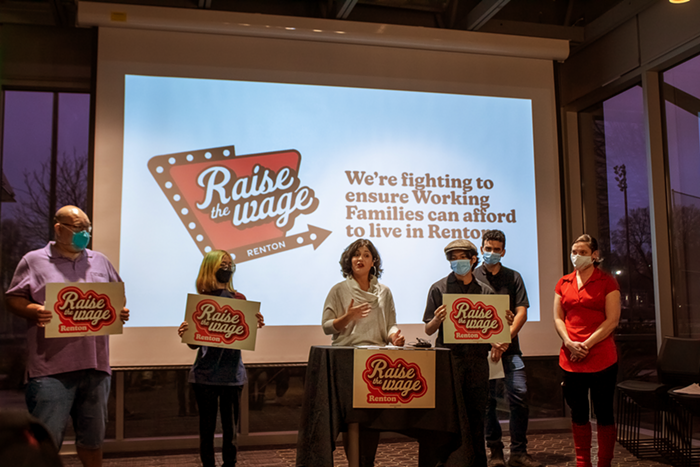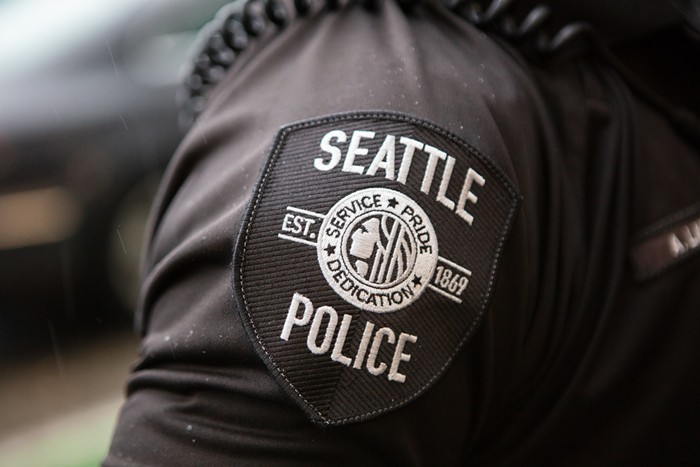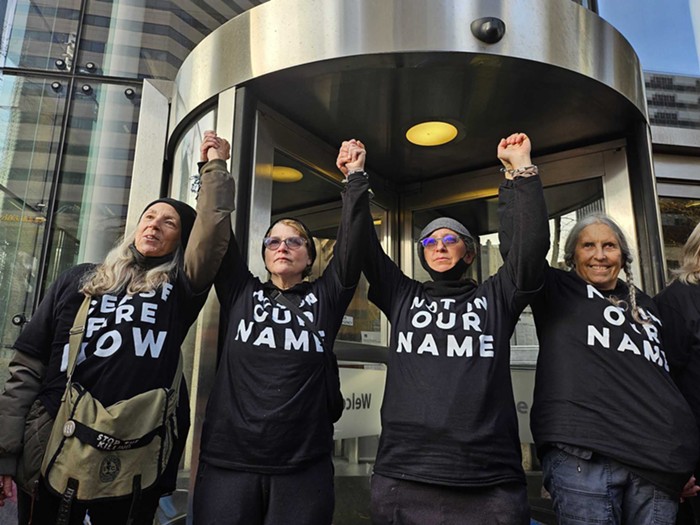For years, transportation has ranked as one of the most important issues in voter polls—right up there with education and property taxes. Suddenly (three cheers for Al Gore!), a new issue is jockeying for the top spot: the environment.
With transportation and the environment on their minds, King County voters may face a dilemma this November. A vote is coming on a $17.6 billion transportation package that's been designed by politicians to bolster our fledgling mass-transit system and our seemingly inadequate roads.
The dilemma? Expanding our roads—$6.7 billion of the package is for things like spending (in 2006 dollars) $277 million on the new four-lane Cross Base Highway in Pierce County, $904 million to expand I-405, and $350 million to add capacity to SR 167—will spike capacity for cars, which clog the atmosphere with greenhouse gases. It will also, obviously, undo some of the good that the concurrent $10.9 billion light-rail expansion is intended to achieve, because expanding capacity for cars seemingly cancels out Sound Transit's projections for new transit riders. (If voters approve Sound Transit Phase II—from the University District north into Snohomish County and I-90 east to Redmond—Sound Transit, whose modeling did not account for expanded roads, estimates that it will add 160,000 riders to total system ridership by 2030.)
The electorate's heightened mood about the environment took politicians by surprise earlier this year, when a seemingly sexy tunnel option and a powerfully nostalgic elevated option both tanked in the March 13 viaduct vote. Trying to catch up with the voters on the morning after the election, former advocates of both freeway options—including tunnel supporter Mayor Greg Nickels and elevated supporter Governor Christine Gregoire—quickly rallied around a "no freeway on the waterfront" sound bite.
This time, the politicians who are pushing the November 2007 joint light rail and roads package—the Regional Transportation Investment District (RTID)—want to get in sync with voters before the election.
Polling shows the joint package—which must pass in both Sound Transit's district and RTID's district, both of which encompass parts of King, Pierce, and Snohomish Counties—below 50 percent. With such a tight margin, there's no room to risk pissing off green voters.
"The RTID package would likely fail without support from the environmental community," said King County Council Member and RTID Board Member Dow Constantine. "And yet, regionally, roads advocates seem to be overestimating what transit advocates are willing to tolerate to secure light rail."
Environmentalists such as local Sierra Club chair Michael O'Brien don't sound supportive at the moment. Explaining that we need to reduce greenhouse-gas emissions by 80 percent by 2050, and noting that new technologies and standards will only offset our growing population's environmental impacts (not reduce them), O'Brien questions the wisdom of building more capacity for cars. "No one's doing the analysis on how this expansion will affect greenhouse-gas emissions. They need to stop and do that analysis, and then come back in a year. I don't see how you add four lanes to [I-]405, two lanes to [SR-]520, and do the Cross Base Highway without adding capacity."
The Sierra Club has asked RTID to provide estimates on the project's "increased vehicle miles"—which, in English, means: How many cars will all these new lanes handle? By getting that data, the Sierra Club can begin to estimate the carbon footprint.
RTID has not provided the numbers yet. Spokesman Paul Bergman says the "performance" details like vehicle capacity will be available after the plan is finalized on May 31. RTID spokespeople are well aware of the controversy over greenhouse-gas emissions, and there is behind-the-scenes politicking going on to take a major portion of the Cross Base Highway out of the package.
According to a February report from the state Department of Community, Trade & Economic Development, 45 percent of our 88.5 metric tons of emissions, by far the greatest portion of our emissions, comes from "transportation," i.e., cars.
"The RTID focus needs to be broader than just congestion relief," O'Brien concludes. "We have to design a transportation system that meets our needs within a carbon budget." ![]()


















